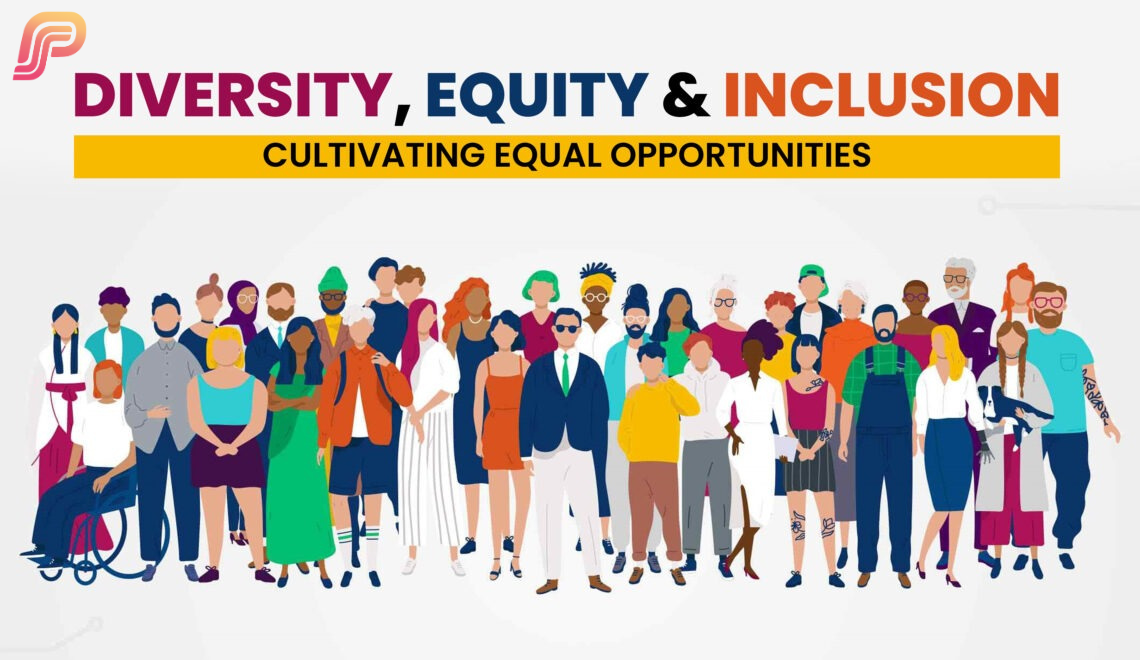
Navigating the Talent Maze: Overcoming Common Recruitment Challenges
- October 22, 2023
In the ever-evolving landscape of talent acquisition, recruitment professionals continually face a myriad of challenges that can impede the hiring process. From sourcing the right candidates to navigating a competitive job market, overcoming these hurdles is crucial for building high-performing teams. Let’s delve into some of the common recruitment challenges and explore effective strategies for conquering them.
1. Talent Shortages:
Challenge: In certain industries and roles, there’s often a shortage of qualified candidates. This scarcity can lengthen the time-to-fill positions and force recruiters to compromise on candidate quality.
Solution:
Expand Sourcing Channels: Cast a wider net by exploring new sourcing channels. Leverage professional networks, social media platforms, and industry-specific events to connect with potential candidates.
Invest in Training and Development: Consider hiring candidates with the potential to grow into the role and invest in their training and development. This long-term strategy can help bridge talent gaps within the organization.
2. High Competition:
Challenge: A competitive job market means that top talent is often courted by multiple organizations simultaneously. This competition can result in a talent bidding war, making it challenging for smaller companies or those with budget constraints.
Solution:
Highlight Unique Selling Points: Emphasize what makes your organization unique – whether it’s a vibrant company culture, opportunities for professional growth, or innovative projects. Make candidates see the value beyond just the paycheck.
Streamline the Hiring Process: A lengthy and convoluted hiring process can turn off in-demand candidates. Streamline your process, focusing on efficiency without sacrificing thoroughness.
3. Candidate Experience:
Challenge: A poor candidate experience can tarnish your employer brand and drive away potential talent. Lengthy application processes, lack of communication, and unclear expectations contribute to a negative candidate experience.
Solution:
Communicate Clearly: Keep candidates informed at every stage of the process. Set expectations regarding timelines and next steps, and provide feedback, even if it’s negative.
Simplify Application Processes: Minimize the steps and time required for candidates to apply. A straightforward and user-friendly application process enhances the overall candidate experience.
4. Diversity and Inclusion:
Challenge: Many organizations struggle with achieving diversity and inclusion goals. A lack of diversity in the hiring process can hinder innovation and result in a limited pool of perspectives.
Solution:
Implement Blind Recruitment: Remove identifying information such as names and addresses from initial application reviews to prevent unconscious bias.
Promote Inclusive Hiring Practices: Encourage diverse candidate pools by promoting job openings on platforms and networks that cater to underrepresented groups.
5. Technology Integration:
Challenge: While technology has streamlined many aspects of recruitment, integrating new tools and platforms can present challenges. Legacy systems may not seamlessly connect with the latest recruitment technologies.
Solution:
Invest in Training: Ensure your team is well-versed in the latest recruitment technologies. Invest in training programs to maximize the efficiency of your tools.
Prioritize Integration: When adopting new technologies, prioritize those that seamlessly integrate with your existing systems. This ensures a smooth transition and avoids disruptions in workflow.
6. Retaining Talent:
Challenge: Recruitment doesn’t end once a candidate is hired. Retaining top talent is an ongoing challenge, especially in industries where job-hopping is common.
Solution:
Offer Competitive Benefits: Beyond salary, competitive benefits packages can be a significant factor in retaining talent. Consider flexible work arrangements, professional development opportunities, and wellness programs.
Conduct Stay Interviews: Regularly check in with employees through stay interviews to understand their satisfaction levels and address any concerns before they become reasons for departure.
7. Evolving Job Descriptions:
Challenge: Job roles are evolving rapidly, and traditional job descriptions may not accurately reflect the skills and qualities needed for success in a particular role.
Solution:
Regularly Update Descriptions: Keep job descriptions current by regularly reviewing and updating them to align with industry trends and the organization’s evolving needs.
Emphasize Soft Skills: In addition to technical skills, emphasize the importance of soft skills such as adaptability, collaboration, and communication in job descriptions.
Conclusion:
Recruitment challenges are inevitable, but with strategic planning and a proactive approach, they can be overcome. By embracing innovative sourcing methods, prioritizing candidate experience, promoting diversity and inclusion, leveraging technology effectively, retaining talent, and adapting to evolving job dynamics, organizations can build resilient and high-performing teams. Recruitment is not a one-size-fits-all process, and continually refining strategies based on the unique needs of your organization will position you for success in attracting and retaining the best talent in today’s competitive job market.





